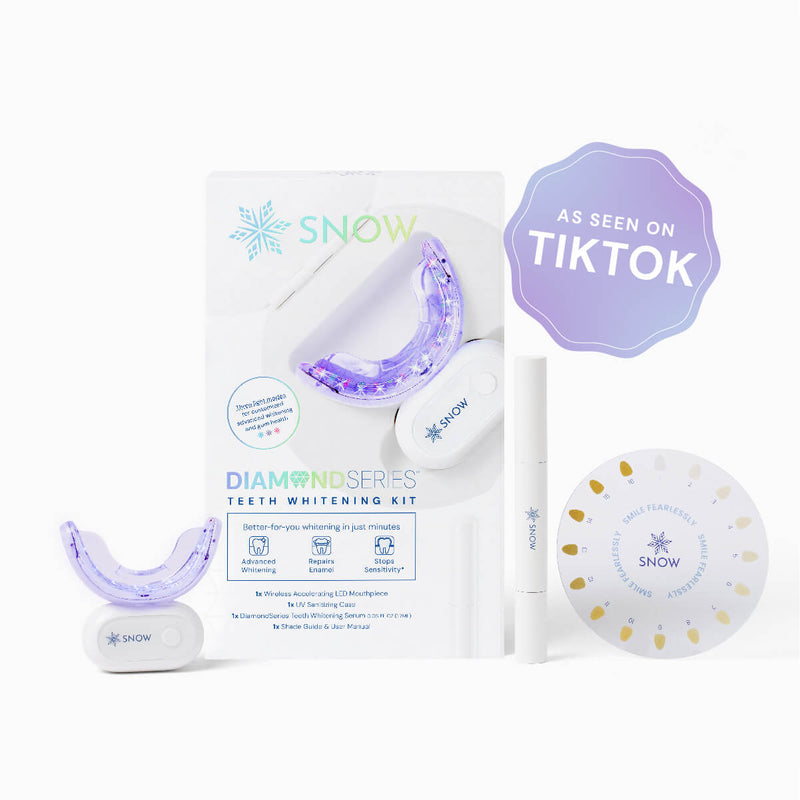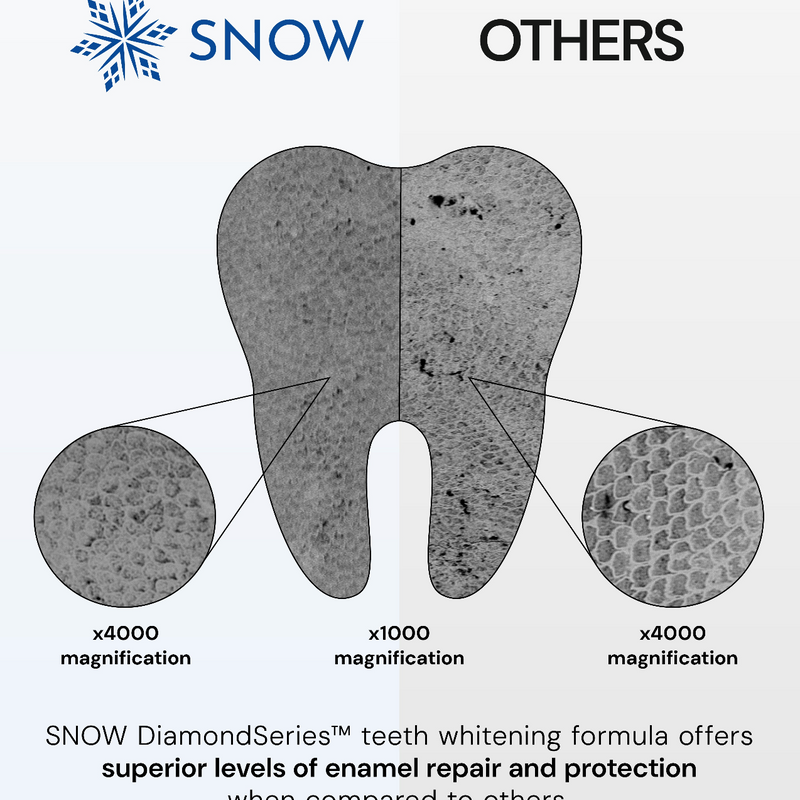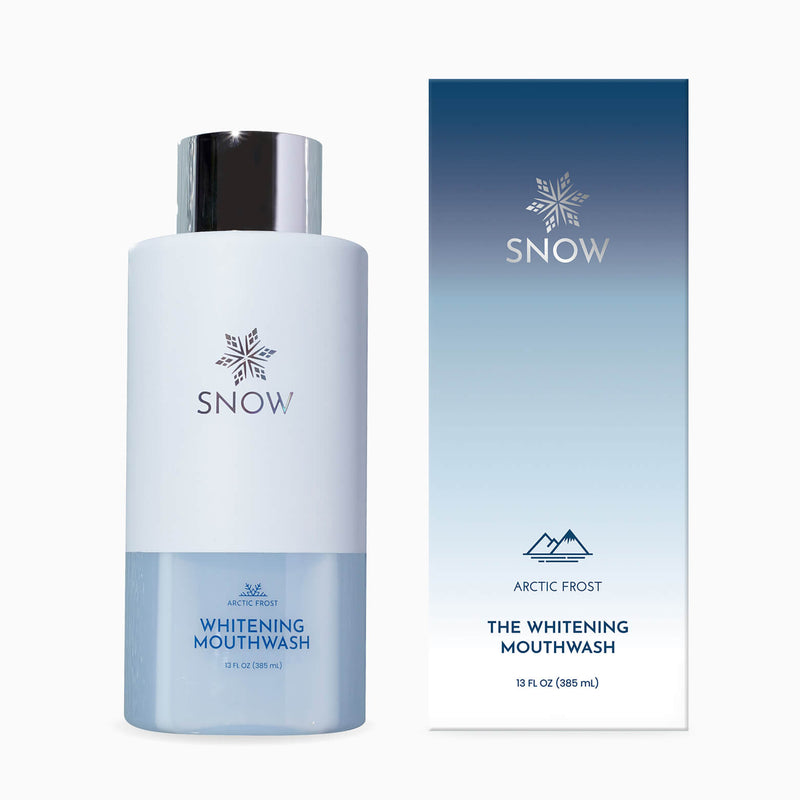When did it become trendy to be “all natural?”...
Keeping Teeth Healthy Naturally
Back in the day (you know … the 1980s-ish), we killed bugs, killed mice, used mosquito repellant, ate preservatives, drank tap water, and wore moisturizer without sunscreen. We inhaled Twinkies, horrible car emissions, and clouds of Aqua Net hairspray.
Ahh … the children of the 70s and 80s, we lived on the wild side and we liked it.
Not anymore. Today we live in complete, polar extremes.

Some of us are tucking our tummies, denying every gray hair the light of day, and using BotoxⓇ and collagen fillers to fight the ticking clock of aging. On the other hand, people are banishing all hair dye, using chemical-free beauty products, eating 100% organic, grass-fed beef, cleaning with toxin-free products, and embracing their grays.
So many decisions … Grass-fed, grain-free … To be gray, or not to be gray? To shave, or not to shave?
Y’all. That is not a shave. It’s a mow. Gillette is literally not gonna cut it. Grab your John Deere and a jumbo shaving gel. Look away. Look away …
Nature is amazing, but so is science and innovation. Who doesn’t love a good triple-blade razor with a pivoting head? (Or, even better, grab a five-blade with an aloe strip. Like butter, baby.)
Now, I am not discounting going natural. There are plenty of people who cannot have any chemicals introduced into their bodies. Sometimes going natural is completely amazing. For example, using coconut oil instead of a typical moisturizer is a fantastic way to incorporate nature into your routine.
The truth is, many of the products we use daily contain chemicals that are harmful to our bodies—especially if we have any type of immunocompromised issues. Countless studies have shown hair products, moisturizers, makeup, and oral hygiene products are made with chemicals that negatively affect our hormones, damage the nervous system, and cause cancer.
Changing Your Oral Hygiene For Healthy Teeth
One of the easiest ways to reduce toxins in the body is by changing your oral hygiene routine. Many of the things you can use are readily found in your home. They are safe and effective. Easy peasy.

You can easily find the following products at home or in the store:
- Hydrogen peroxide
- Baking soda
- Green tea
- Vitamin D
- Xylitol
- Licorice root
- Neem bark
- Essential oils
- Coconut oil
Overview Of Ingredients For Naturally Healthy Teeth
Hydrogen peroxide has been used by parents for years to frighten their crying, wounded children with its fizzy bubbles. Painless fizzy bubbles, I might add. Now we have people removing stains, disinfecting counters, and rinsing and gargling with it to cure an ailing throat or whiten teeth.
Peroxide fights bacteria. When diluted with water and used as a rinse, it is an effective way to fend off harmful oral bacteria. Bacteria left untouched leads to bad breath and tooth decay.
Baking soda is the stuff of nightmares for many an unwilling child … A little baking soda sprinkled directly onto a child’s toothbrush and then right into the mouth with the bitter concoction. Zero instruction was given as to how one might hold the tongue out of the way while scrubbing.
Give me a minute.
Okay. Whew. Baking soda PTSD was setting in.
But seriously. Baking soda is a great way to whiten teeth, keep stains at bay, and fight off tooth decay with its ability to reduce plaque formation. It is so effective that many toothpaste companies have added it to their pastes.
When combined with water, baking soda forms an alkaline solution that treats mouth ulcers and reduces bad breath germs.

Green tea has many health benefits. And yet who could have guessed that a tea would be good for your teeth?! Tea. The culprit of staining teeth all over the world … but not green tea.
Various studies show that regularly drinking green tea keeps gums healthier, stops starchy foods from causing tooth decay, and helps to prevent dental erosion. Daily drinking of green tea helps prevent harmful bacteria buildup. It also has natural fluorine that helps prevent decay.
Vitamin D can also have benefits for teeth and gums because it aids the body in its ability to kill bacteria. Vitamin D deficiency has been linked to gum disease. Be sure to eat foods rich in Vitamin D by eating eggs, salmon, fortified orange juice, and tuna.
Xylitol is a naturally occurring alcohol found in many fruits, vegetables, and other plant material—specifically birch wood. It is used as a natural sweetener and helps to prevent the spread of oral bacteria and prevent cavities.
Xylitol is typically used in toothpaste because of its effect on oral bacteria and its ability to break down sugar and neutralize pH levels in the mouth. And it doesn’t stop there. Xylitol creates a thin film on the teeth to ward off sticky bacteria and helps to prevent oral bacteria from transmitting acid that causes decay and cavities.
Licorice Root is naturally antimicrobial. It keeps cavity-forming bacteria from growing. Don’t get too excited. You can’t go grab a few Twizzlers in the name of cavity prevention. This is the root of the herb.
You can, however, make a run to a health food store and grab a few sticks of licorice root to chew on. When chewing on licorice root mixed with a few other ingredients, it helps to fight gum disease and treat tooth decay.
Neem Bark treats skin problems, stomach ulcers, pain, fever, malaria, and oral problems. Neem sticks and twigs can be used to chew on as a means of fighting bad breath, whitening teeth, and reducing oral bacteria.
Neem sticks, leaves, or seeds can also be used to cure oral infections, bleeding gums, and other cavity-inducing bacteria.

Essential Oils have been found to be very beneficial in treating many different health-related issues. Clove oil, oregano oil, melaleuca oil, and wild orange oil have all shown themselves to be beneficial to our oral health.
- Clove oil: This oil can be used to effectively relieve toothache pain. Swab the oil right on your painful area and let it soak in order to dull the pain. While numbing the pain, clove oil also remineralizes the tooth which restores enamel. (This remedy also works for soothing a baby’s swollen gums!)
- Oregano oil: It is also known as a hot oil. Oregano oil has potent antimicrobial and antiseptic properties. Due to this fact, it is also effective in preventing tooth decay. Carefully brushing with oregano oil on a regular basis can prevent tooth decay from escalating, as well as deterring cavity growth.
- Wild orange oil: This oil is a natural teeth whitener. (Frankly, if you have to choose from the oils, go with orange! At least it smells better.) Brushing your teeth with wild orange oil once a day every other day has been known to produce whiter teeth within a few uses. Simply put 2 drops onto your toothbrush, next add toothpaste, and then brush.
- Melaleuca oil: This versatile oil can be found in many toothpastes. It helps to kill bacteria in your mouth and, in turn, keeps gums from becoming inflamed.
Oil Pulling has been around for centuries. It is a very old Ayurvedic practice from the Hindus. It can be done with several types, the main two being the traditional sesame oil and coconut oil. Most Americans use coconut oil for this practice.
Coconut oil pulling has been made more popular by celebrities who tout the oil for its ability to whiten teeth. It’s benefits do not stop with whiter teeth. Oil pulling reduces harmful oral bacteria and bad breath, helps to inhibit tooth decay, and reduces inflammation caused by gum disease due to its natural anti-inflammatory properties.
Studies have shown that oil pulling for one week significantly reduced plaque and showed a noticeable improvement in gum health.
Oil pulling is cheap and easy! First thing in the morning, before eating or drinking, take a spoonful of sesame or coconut oil and put it in your mouth. (You’ll need to wait for the coconut oil to melt.) Now swish.
Keep going for 15-20 minutes. Just think of the workout you’re giving your cheek muscles. Read a book, journal, or perhaps go for a little swishing walk. Finally spit it into the trash. You don’t want oil building up in your pipes!
It will feel a little weird. It isn’t delicious, but it works to heal gums and teeth. Many have said that an added benefit of doing this daily is pulling toxins from the body thereby improving long-term health.
Nothing beats brushing and flossing! Well, when it’s done properly, that is. Unfortunately, most of us never learned the best way to brush or floss. In our efforts to be healthy, we’re causing unnecessary harm to our teeth and gums.
-
Brushing: The manner we choose to brush our teeth should be determined by our current health. People in good health can brush a bit rigorously, which stimulates blood flow and remineralization. If you are not in the best health, this style of brushing will wreak havoc on your gums and enamel.
It is always best to brush in small circles, brushing both teeth and gums while using a soft-bristled brush. Don’t leave out your tongue or the roof of your mouth. They need a little love from your electric toothbrush, too!
-
Flossing: Dentists have been telling us about the importance of flossing for ages. Many of us don’t see the benefits because we do not do it regularly. Flossing correctly removes plaque in between the teeth and along the gumline.
The plaque that sits there being missed by brushing is not passive. It is actively irritating gums and pushing them right into recession. This only gets worse with age.
To make matters worse, most of us don’t floss adequately. Now that you know you’re probably not doing it right, read on to learn the right way to do it.
When you begin to floss, think of it like hugging each tooth with the floss. Hook the floss around the tooth in a “C.” You want the floss to scrape the plaque from in between each tooth and along the gumline. In other words, get comfy and hug your choppers with the floss. Be sure to only use clean floss on each section so you don’t reintroduce plaque to different areas.
Basically, brush twice a day, give your teeth a regular floss hug, and rinse with an ADA approved mouthwash to help prevent tooth decay. Tooth decay is a persistent, prevalent disease in the US that is easily preventable.
You can make natural choices to improve your oral health. Baking soda, tree bark, essential oils, and oil pulling are all fantastic choices for keeping healthier teeth and gums.
If you’ve tried coconut oil, baking soda, peroxide, etc. to clean and whiten your teeth, but you’re still not quite satisfied, you may want to consider Snow.

One of the best ways to attack years of stains and achieve your desired level of whiteness at home is to use a teeth whitening gel like the one available in the Snow store. These teeth whitening kits are designed to be safe, gentle and effective, and they are available at a fraction of the price of the average dentist teeth whitening service.
Just because you are a little granola doesn’t mean your smile needs to suffer in bitter, yellow silence. It’s okay to be natural and want whiter teeth.
And remember, it is perfectly okay to be in favor of all-natural products and still use a razor.



























